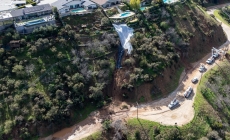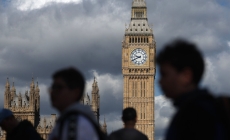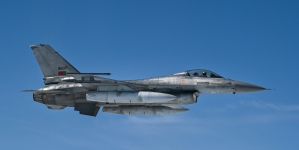-
How Much Firepower Does Russia Have Left After Two Years of War? - March 23, 2024
-
A portion of Mulholland Drive, damaged by mudslides in winter storms, reopens - May 26, 2024
-
‘Maybe You Don’t Want to Win’ - May 26, 2024
-
Donald Trump Putting Law Enforcement in Danger: Attorney - May 26, 2024
-
Avoid the waters of these 5 L.A. County beaches this holiday weekend, public health officials say - May 26, 2024
-
Bawdy Comedy ‘Anora’ Wins Palme d’Or at Cannes Film Festival - May 26, 2024
-
Map Shows Heat Wave Zone Spread Into Five New States - May 26, 2024
-
Azusa police arrest suspected slingshot-wielding vandal - May 25, 2024
-
Donald Trump Hammers Judge Ahead of Jury Instructions - May 25, 2024
-
Sometimes U.S. and U.K. Politics Seem in Lock Step. Not This Year. - May 25, 2024
How Much Firepower Does Russia Have Left After Two Years of War?
For all their many failings in Ukraine, Russian forces have proven their ability to continue operations despite staggering reported losses over two years of full-scale war.
A winter of tough fighting and glacial Russian gains have seen the battlefield momentum shift back to Moscow, with Ukrainian leaders struggling to bolster manpower and facing a sudden drawdown in military aid from the West—and the U.S. in particular.
This year looks set to be one of grinding survival for Ukraine. Russian offensives—intended primarily to complete the conquest of the entire eastern Donbas region, made up of Luhansk and Donetsk oblasts—are expected to continue, regardless of their high cost in lives and equipment.
Neither Ukraine nor Russia releases detailed or regular casualty figures. A declassified U.S. intelligence report cited by Reuters in December estimated 315,000 dead and injured Russian troops since February 2022, representing around 90 percent of its pre-invasion personnel. Kyiv claims to have “eliminated” some 435,000 Russian personnel.
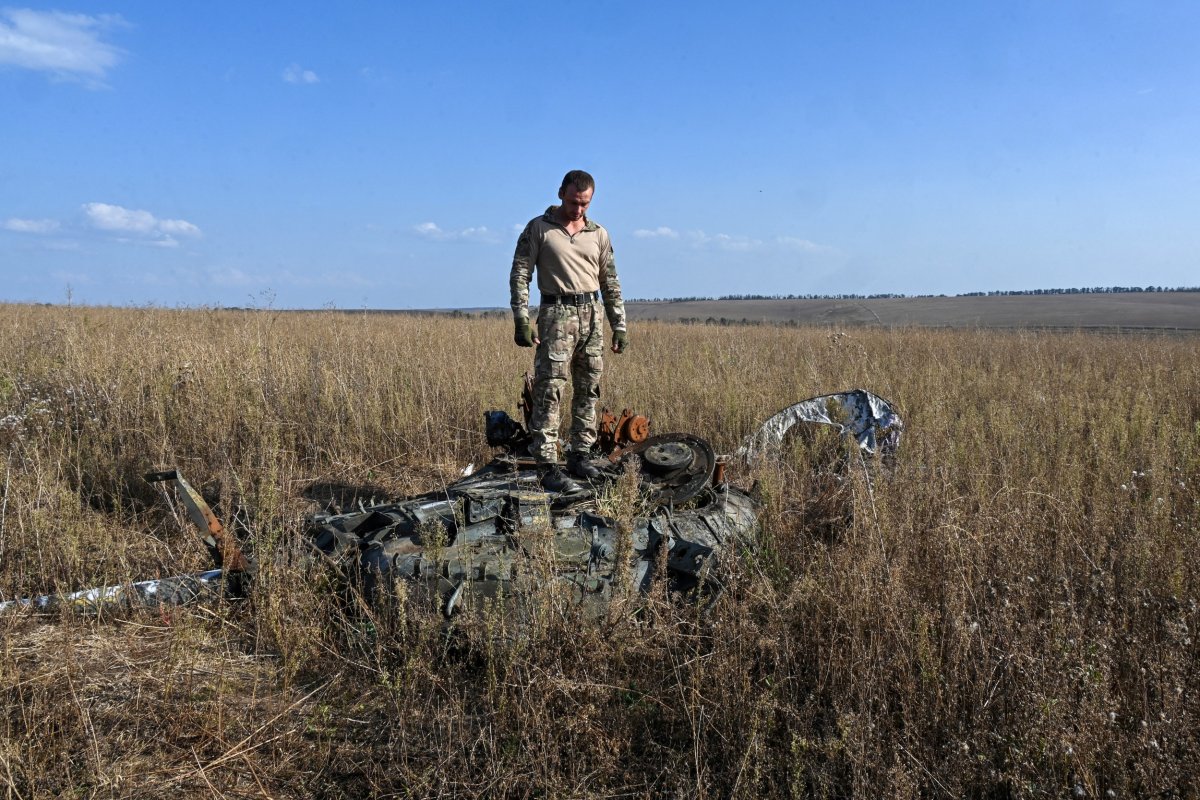
SERGEY BOBOK/AFP via Getty Images
Newsweek cannot independently verify these figures and has contacted the Russian Defense Ministry by email to request comment.
The New York Times cited a leaked U.S. military assessment in August suggesting around 124,500 to 131,000 total Ukrainian casualties, with as many as 17,500 killed in action. President Volodymyr Zelensky said in February that 31,000 of his compatriots had been killed in two years of combat.
The Kremlin has been driving up its troop numbers with mobilization and the drafting of convicts. In August 2022, Putin ordered a 13 percent increase in the number of active soldiers—around 137,000 troops—aiming to raise the total to 1.15 million. This was followed by a “partial mobilization” of 300,000 reserves.
Russia’s armed forces now have around 1.1 million active troops across all branches, according to the International Institute for Strategic Studies’ 2024 Military Balance database, 500,000 of which are in the army. Moscow has another 1.5 million people in reserve across all services.
The fighting has been tough for Russia’s armored units, which were intended as a devastating vanguard that would collapse Ukrainian lines. Reuters cited an unnamed U.S. official who said the Russian army began the war with 3,100 tanks, of which 2,200 have been lost.
The gap has been filled with old platforms like T-62s produced in the 1970s. Moscow now has some 1,300 tanks in use, the agency reported. Some older tanks have been converted into static firing platforms, and even packed with explosives for use as vehicle-borne improvised explosive devices (VBIEDs).
Among those lost are dozens of T-90 main battle tanks; Russia’s most advanced combat-proven platform. The long-delayed introduction of the most modern system—the much-hyped but rarely seen T-14 Armata—was abandoned earlier this year, with the defense conglomerate Rostec citing ballooning costs.
The IISS Military Balance 2024 report says Russia has around 1,750 tanks of various types—including more than 200 of the T-90 variety—remaining, with up to 4,000 tanks in storage.
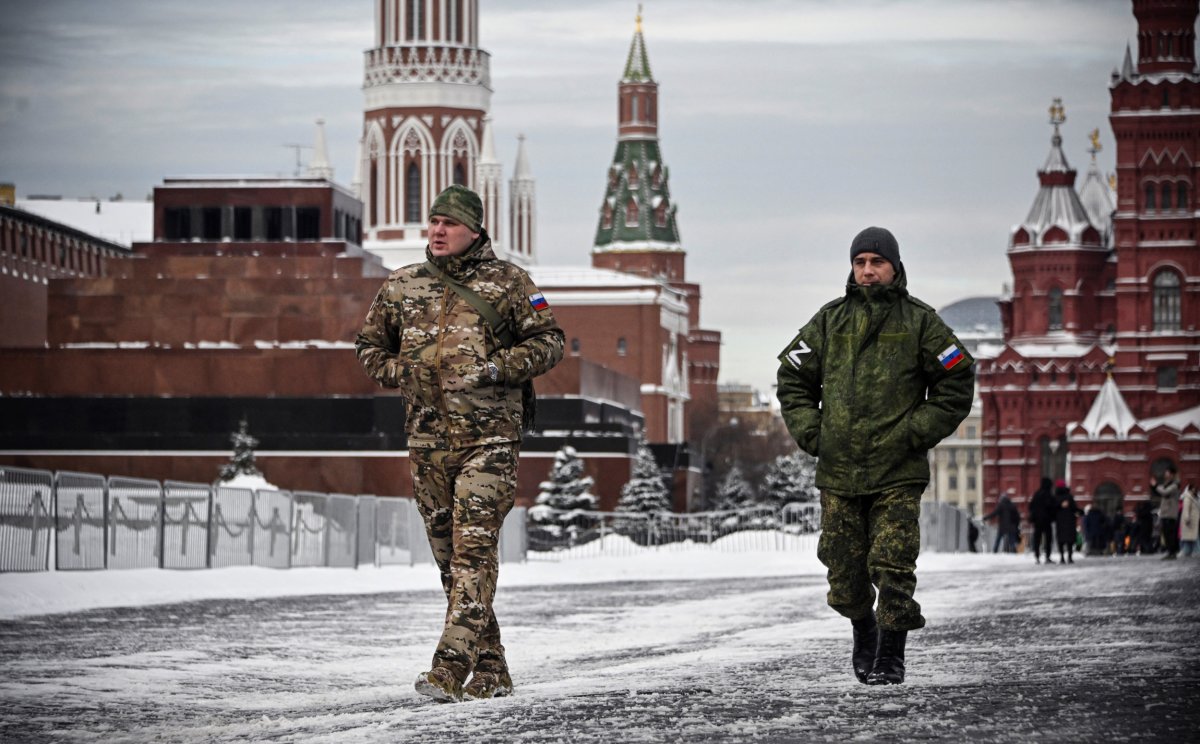
Russia’s “god of war”—as Moscow’s artillery has historically been known—has at times been muted by opposing Ukrainian gunners but is still playing a vital battlefield role. It has 4,397 guns of various types, according to the IISS. Ukraine claims to have destroyed more than 10,700 in the fighting to date.
In the air, Russia failed to wield its numerical superiority in the early stages of the war. Ukrainian aircraft are still flying regular sorties, and—supported by Ukraine’s growing anti-air arsenal—have put much of the national airspace off limits to Russian planes.
Ukraine claims to have downed 347 Russian aircraft of all types since February 2022. The Oryx open-source intelligence website lists 97 aircraft destroyed and eight damaged.
Still, Moscow’s planes are having a pivotal effect on the eastern front, using glide bombs to smash Ukrainian positions in hot spots like Avdiivka. Russia is also still using a range of aircraft to launch long-range missiles towards Ukrainian cities and infrastructure targets. Kyiv estimates that Moscow still has around 900 of its 2,300 pre-war strategic missile stock.
The IISS reported that the Russian air force has around 1,169 fixed-wing aircraft—including 129 bombers, 188 fighters, 433 fighter/ground attack planes and 257 dedicated ground attack aircraft—plus 208 more assigned to naval aviation units. The air force also has some 340 attack helicopters, the Military Balance report said.
Some of Moscow’s most surprising defeats have come at sea, as Kyiv hones a modern asymmetric maritime strike strategy. Russia still boasts the third-largest navy in the world behind the U.S. and China, but its Black Sea Fleet—one of four main groupings along with the Baltic, Pacific, and Northern fleets—has been mauled over the last two years.
The Black Sea Fleet began the invasion with around 80 vessels. Ukraine claims to have destroyed 27 and forced at least 15 others in for repair. The Fleet’s headquarters in the occupied Crimean city of Sevastopol has been destroyed, and several key dry dock facilities badly damaged.
Among the most high-profile losses to date are the flagship guided missile destroyer the Moskva, attack submarine the Rostov-na-Donu, corvette the Ivanovets and the landing ship Caesar Kunikov.
Uncommon Knowledge
Newsweek is committed to challenging conventional wisdom and finding connections in the search for common ground.
Newsweek is committed to challenging conventional wisdom and finding connections in the search for common ground.
Source link



